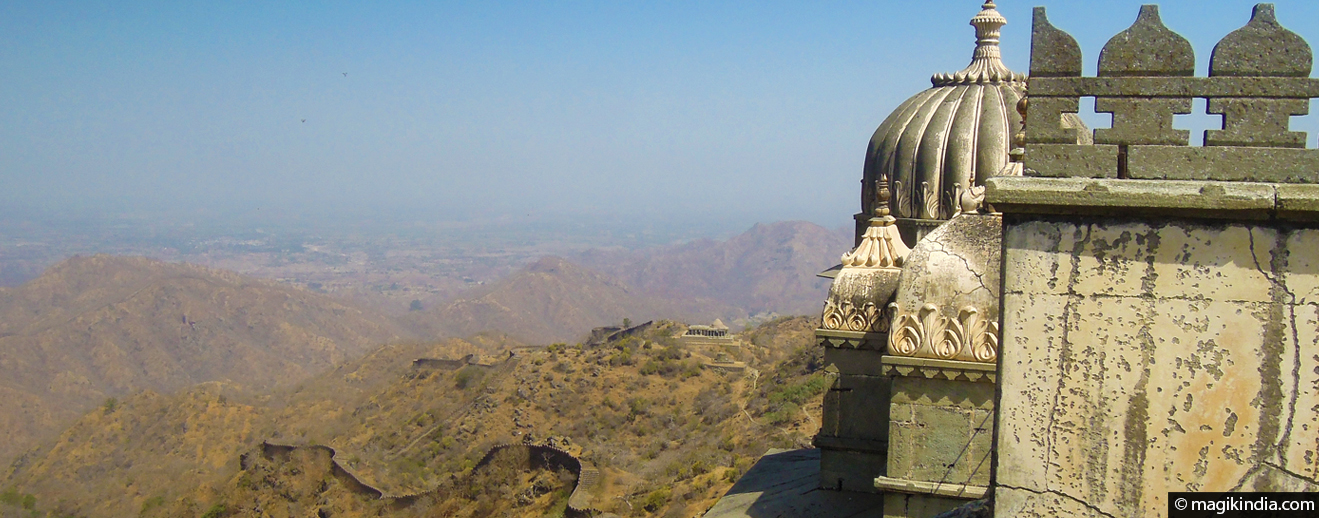
Kumbhalgarh Fort, the Great Wall of India
On the road to Jodhpur, 80km from Udaipur, an imposing construction stands on a hilltop 1100m above sea level. This is Kumbhalgarh fort, a World Heritage site. Its boundary wall, extending over 36km, is the second-longest continuous wall in the world after China’s Great Wall, and also the second largest fort in Rajasthan after Chittorgarh.
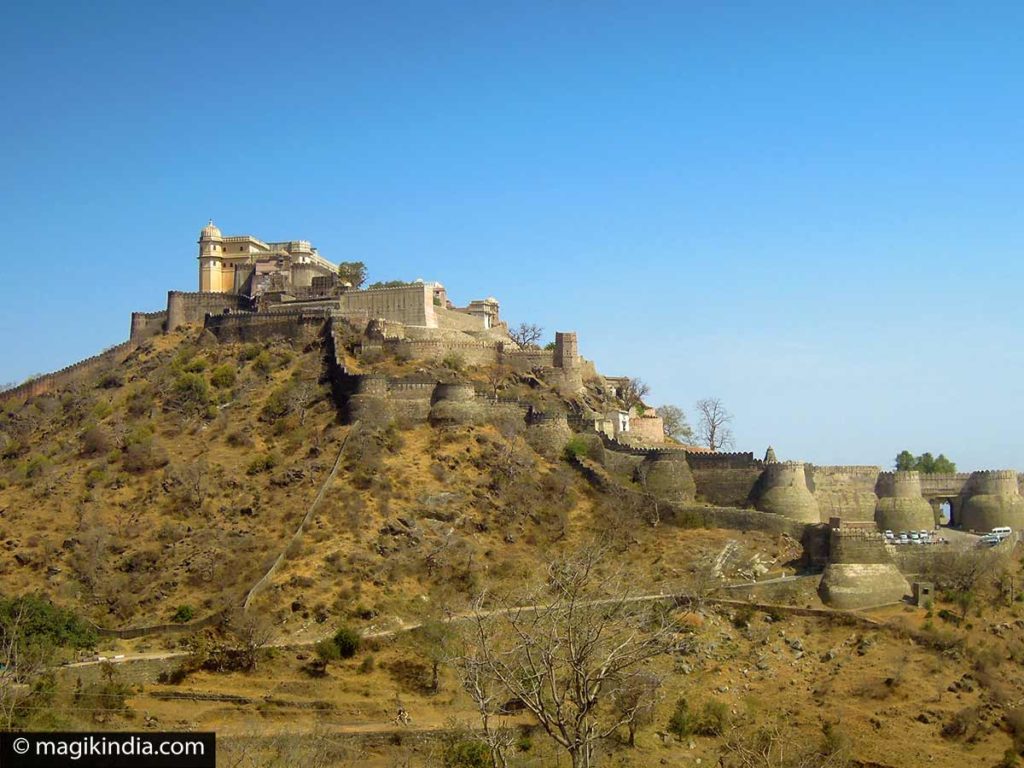
We reach the fort by a winding road crossing the chain of the Aravallis mounts, particularly beautiful after the monsoon. The fauna of this region is very rich and, with a lot of luck, you may come across the undeniable master of the place, the Indian leopard.
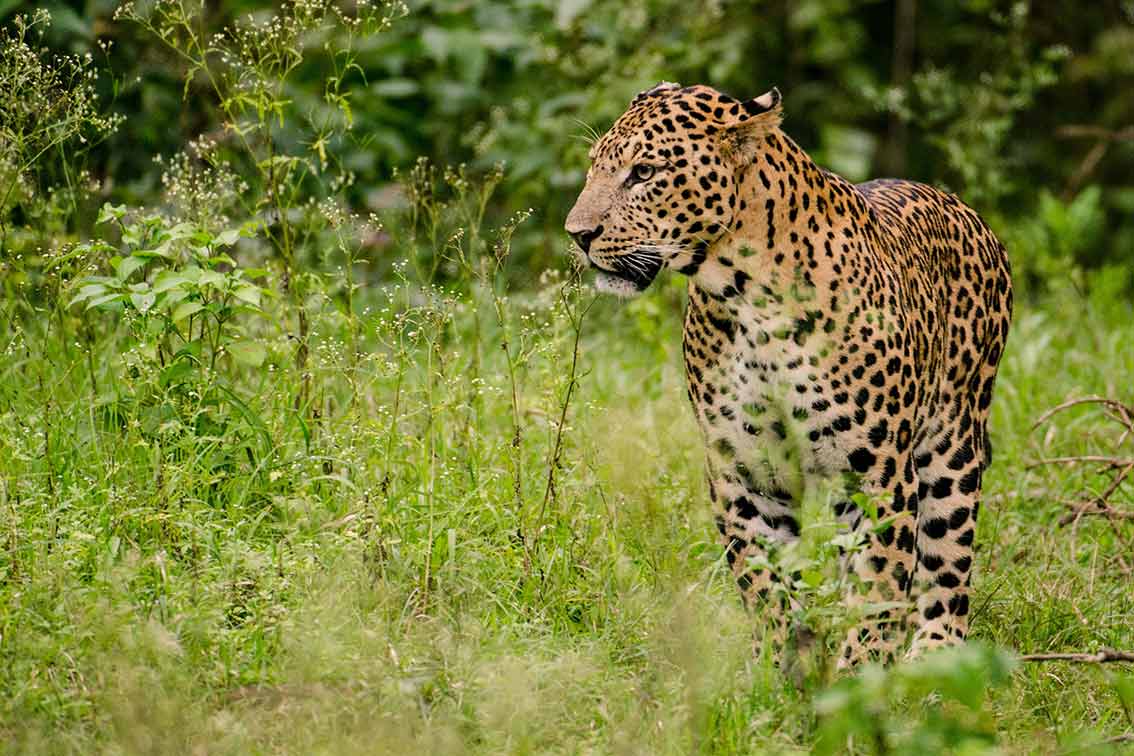
The original fort was built in the 6th century by King Samprati of the Maurya dynasty. Kumbhalgarh, in its current form, was built by Rana Kumbha, the Rajput ruler of Mewar (central and southern region of the state of Rajasthan).
Rana Kumbha’s Mewar kingdom then extended from Ranthambore (Rajasthan) to Gwalior in Madhya Pradesh. Out of the 84 forts found in the Mewar kingdom, Rana Kumbha is said to have built 32, including Kumbhalgarh.
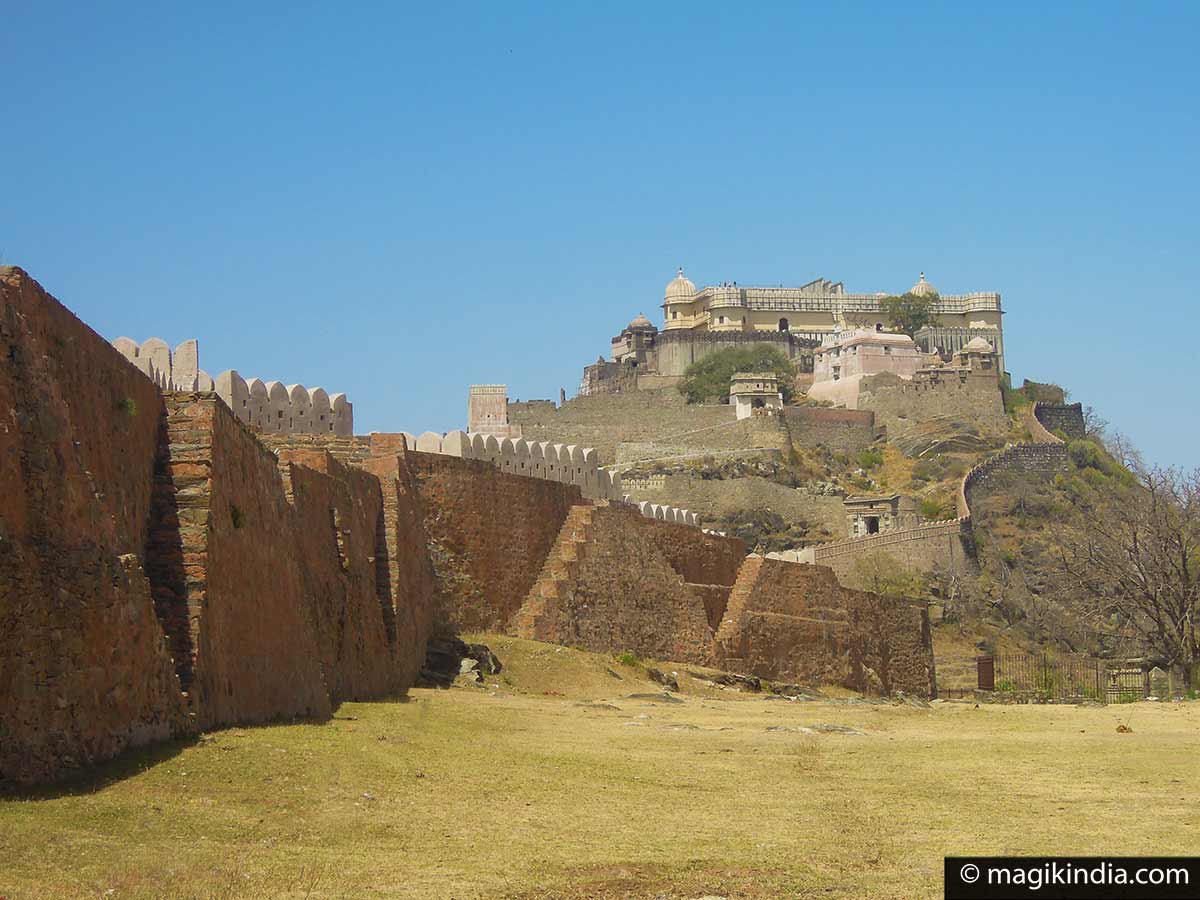
Kumbhalgarh has also been used repeatedly as a refuge, in case of danger, for Mewar leaders. One of the most notable examples is that of the infant Udai Singh II, the future king of Mewar. He was secretly brought to the fort in 1535, when Chittorgarh, the former capital of Mewar, was attacked by Mughal troops. In 1540, Udai Singh II was crowned inside the fort and his son, Maharana Pratap, hero of Rajasthan, was born here.
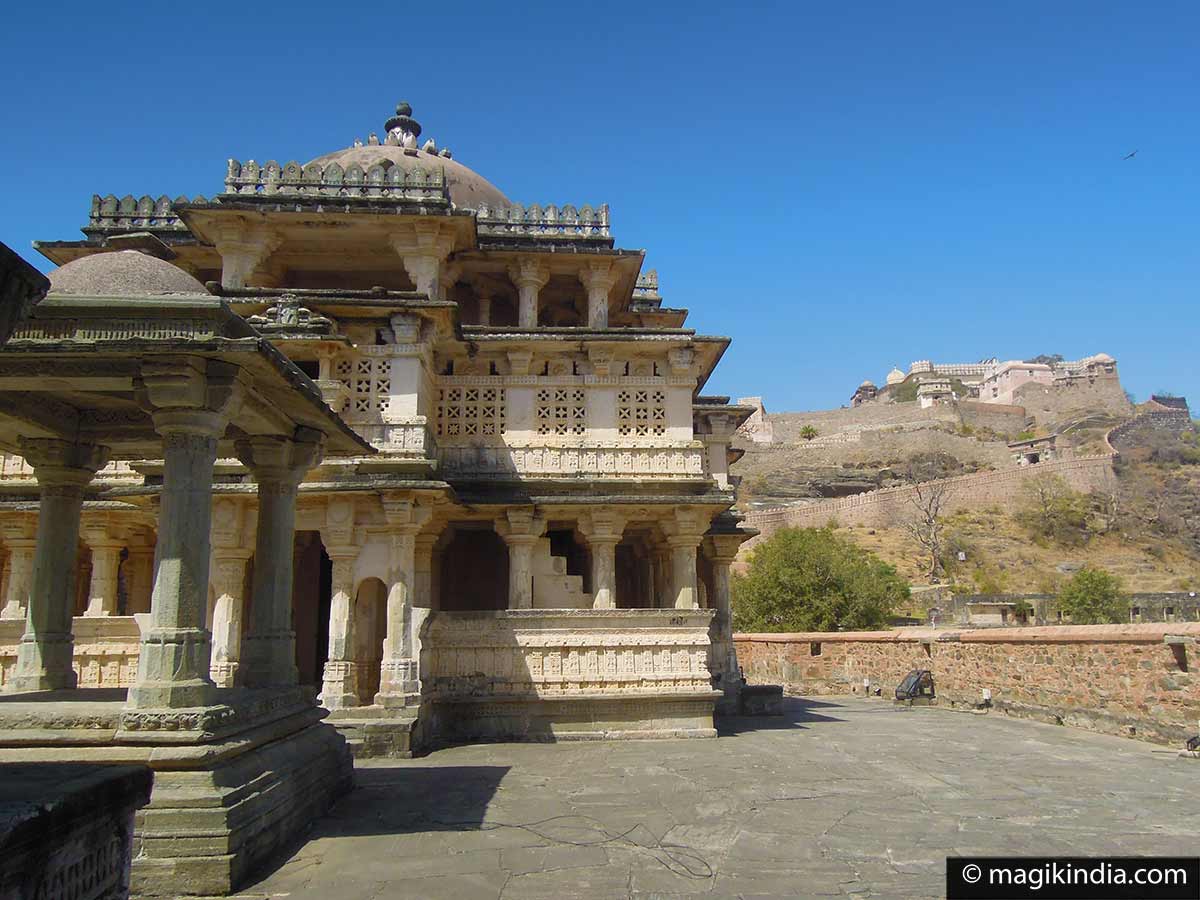
The fort will remain invincible until, by a devious means, the Moghol enemy poisoned its water supply, leading to the capitulation of the rajpoutes sovereign in 1579.
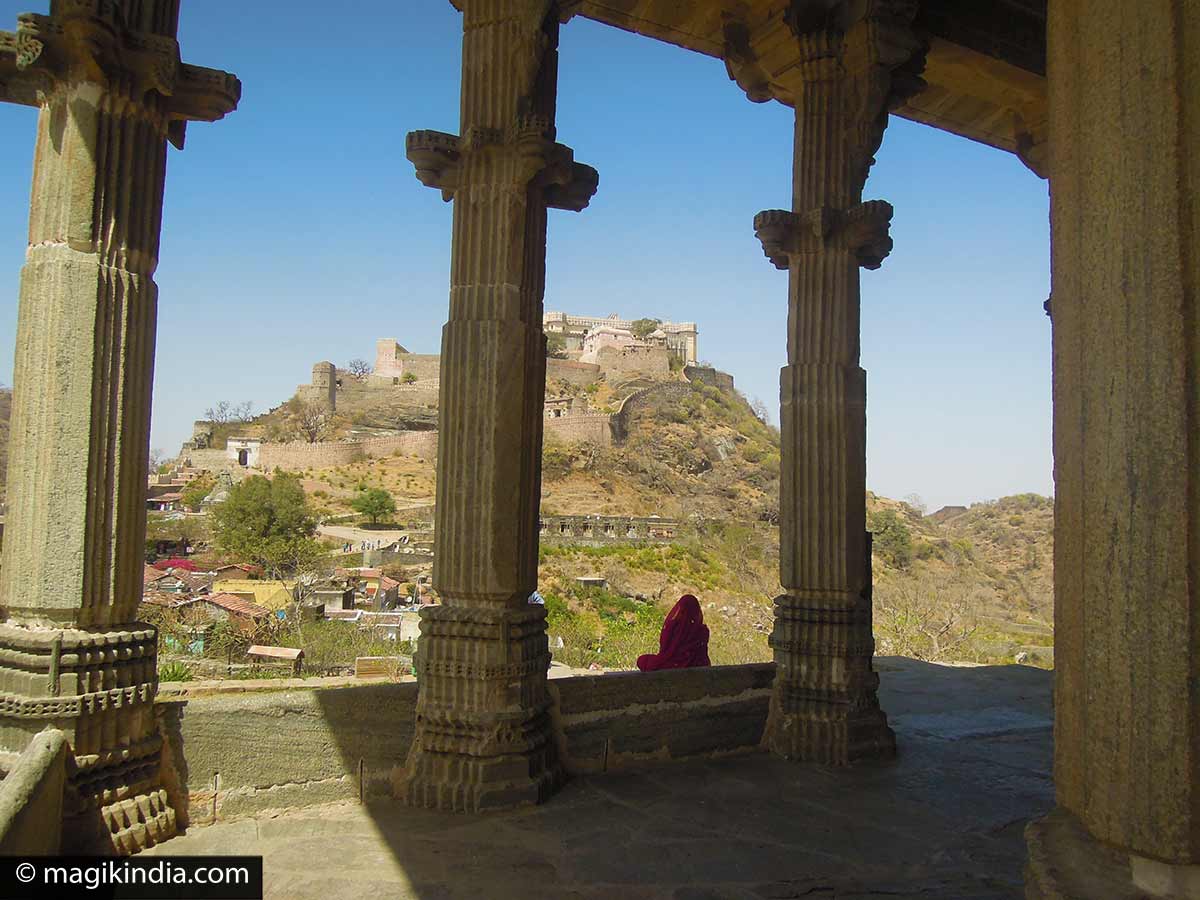
Besides its gigantic wall, this fort houses a small village as well as numerous Hindu and Jain temples testifying to the religious tolerance of the rulers of that time. It is believed that there were almost 400 originally. Only the temple of ‘Neelkhanth Mahavev’ with its black 2m. Shiva-lingam is still in activity.
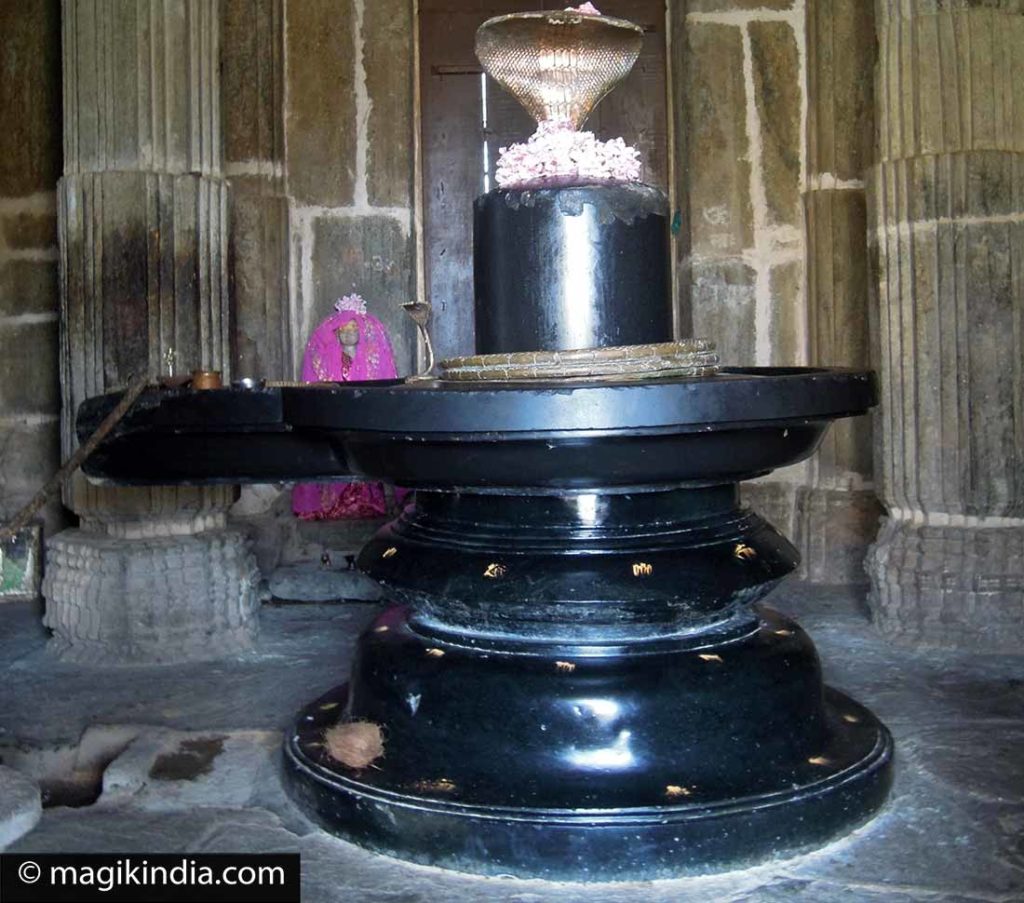
Several fortified doors lead us to the three palaces of the fort, built on three different levels: the Palace of Kumbha, the palace of the queen (Jhalia ka Malia) where the Maharana Pratap is said to be born, and at the very top, the Badal Mahal, which offers a breathtaking panorama of the hilly landscapes of the Aravalli range.
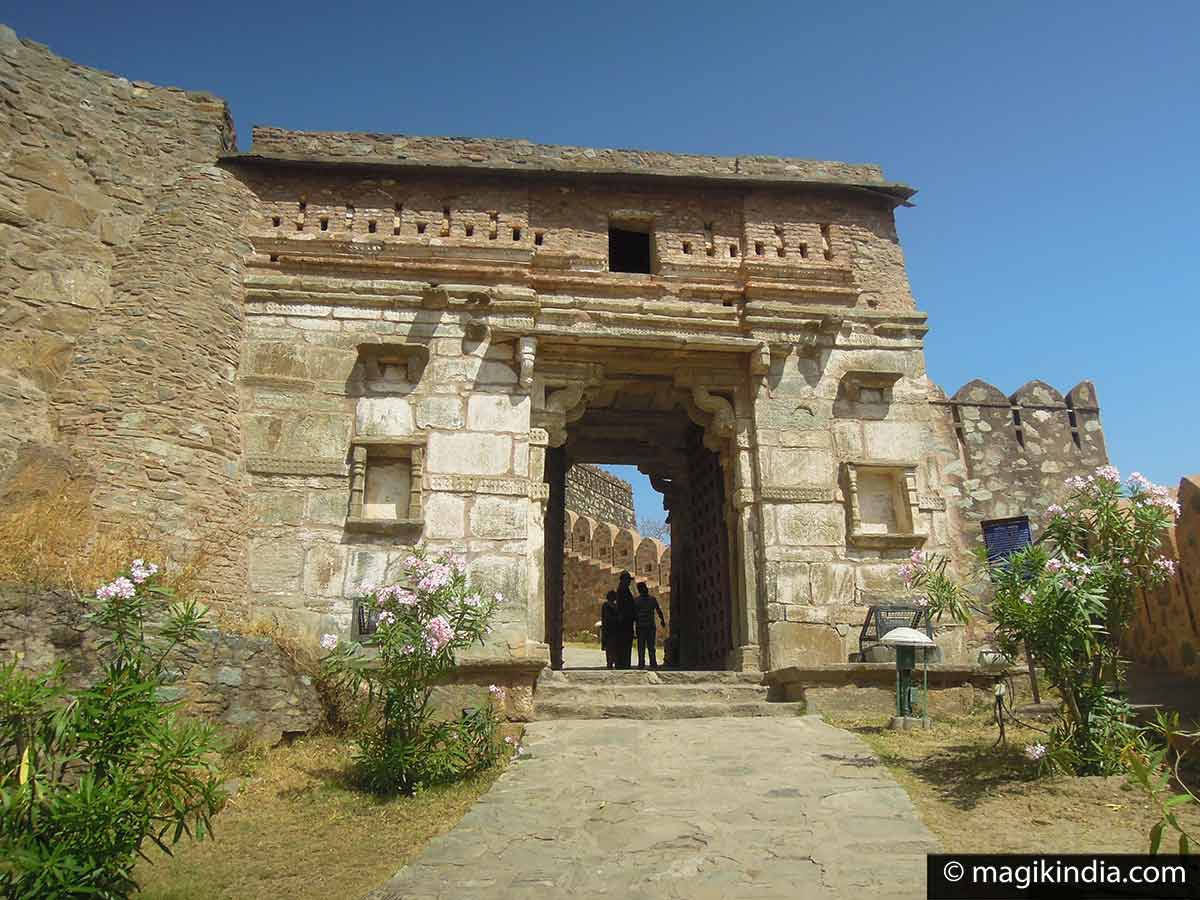
And if you spend the night near Kumbhalgarh, you may be tempted by the sound and light show performed after sunset.

Kumbhalgarh Fort Festival
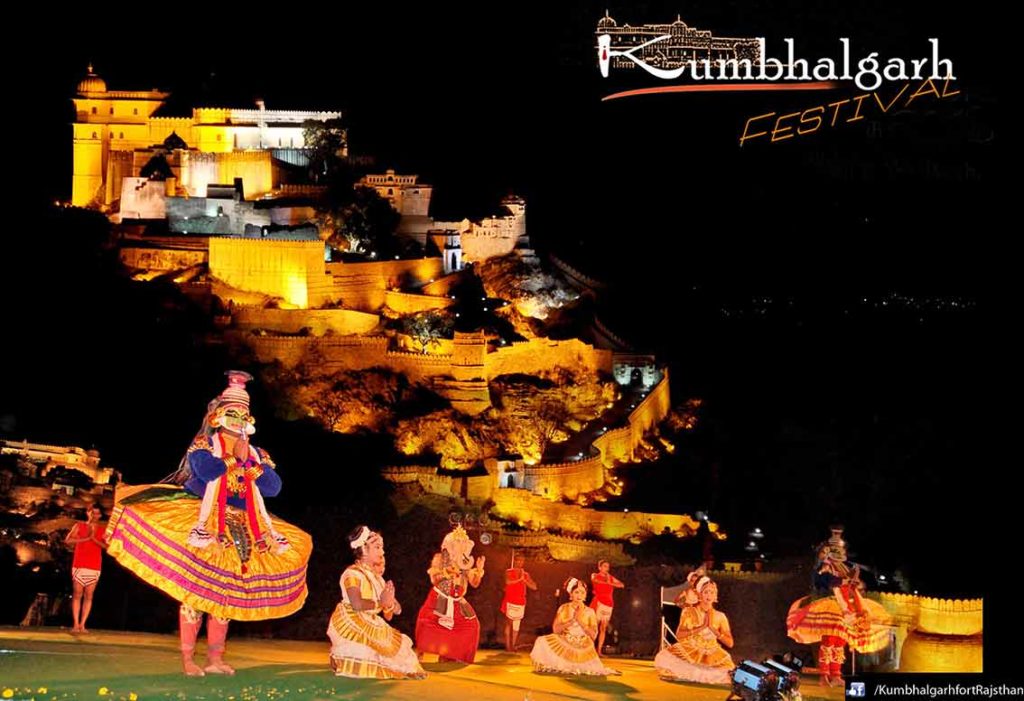
This Festival is the place where renowned classical and folk musicians, artists and dancers assemble and give their best performances.
Among the highlights of this festival includes the dance and singing performance by local artists.
At the daytime, there are workshop like yoga and some competitions for tourists and kathputli show (puppet of Rajasthan). Evening in Kumbhalgarh is an amazing explosion of sound, light, colour and dance.

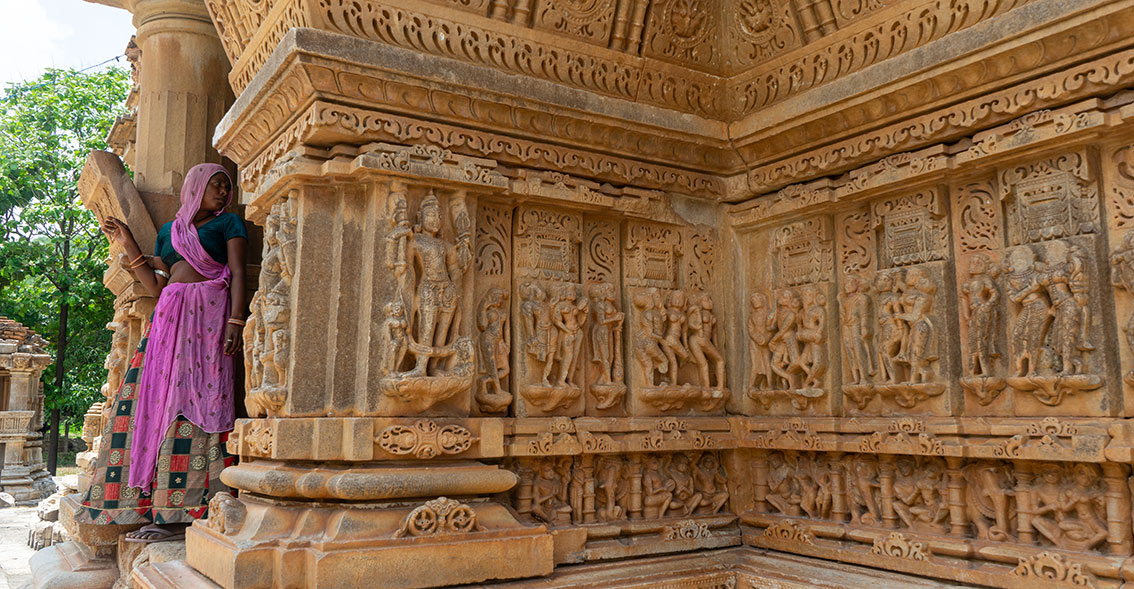
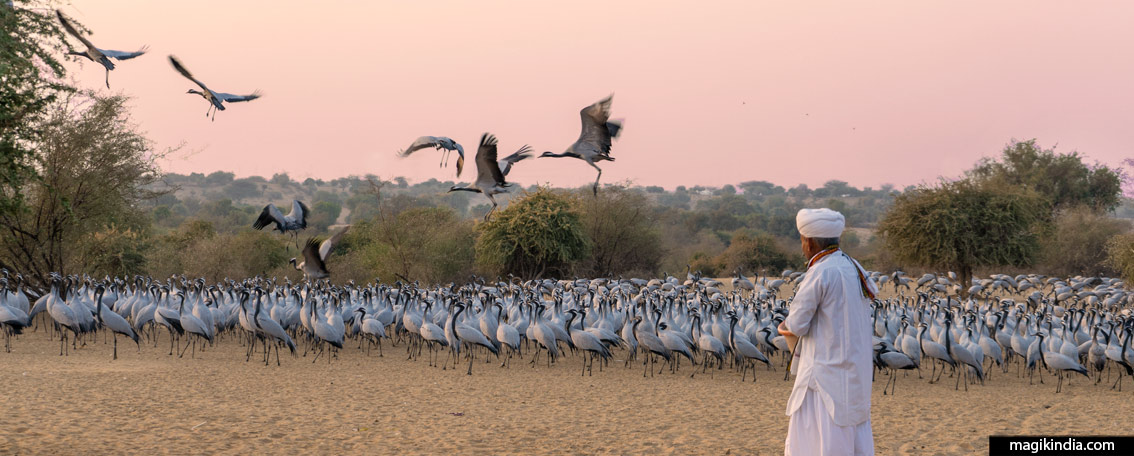
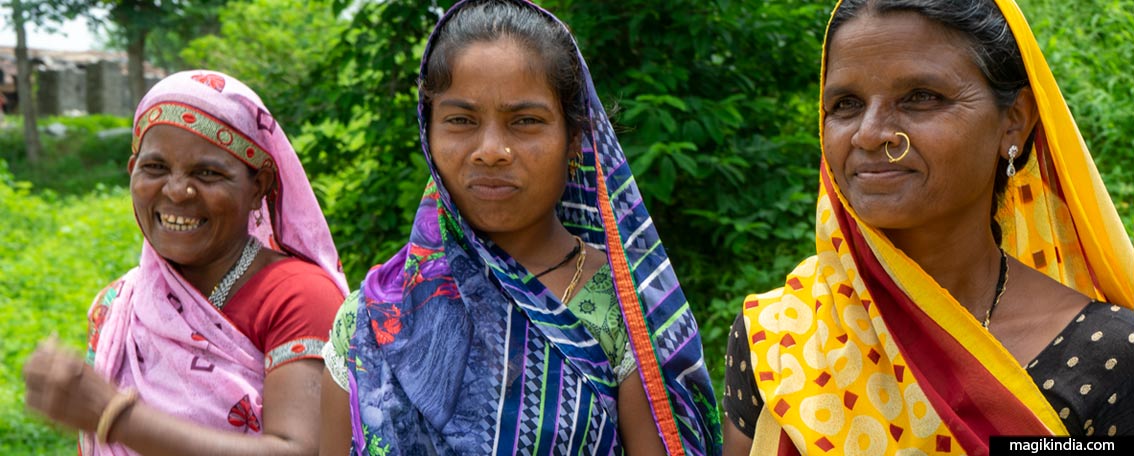
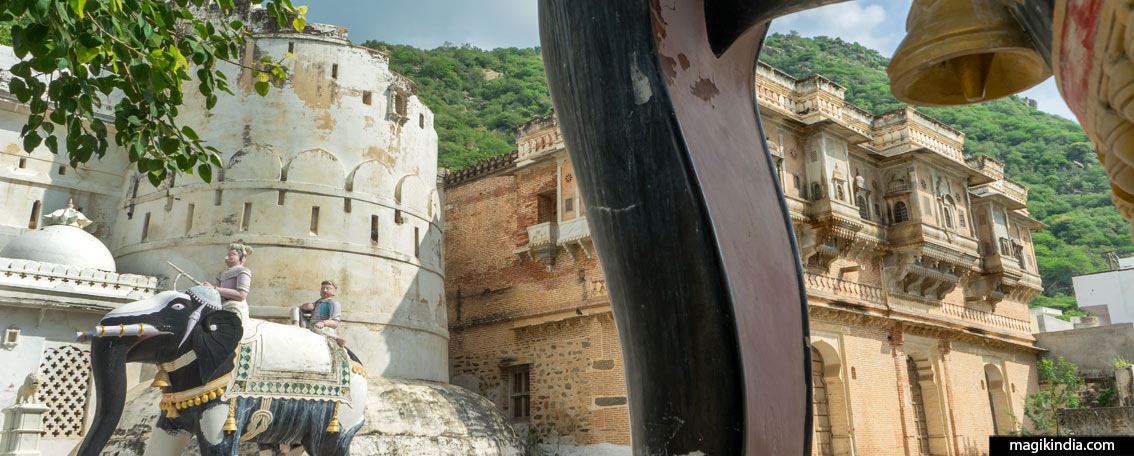
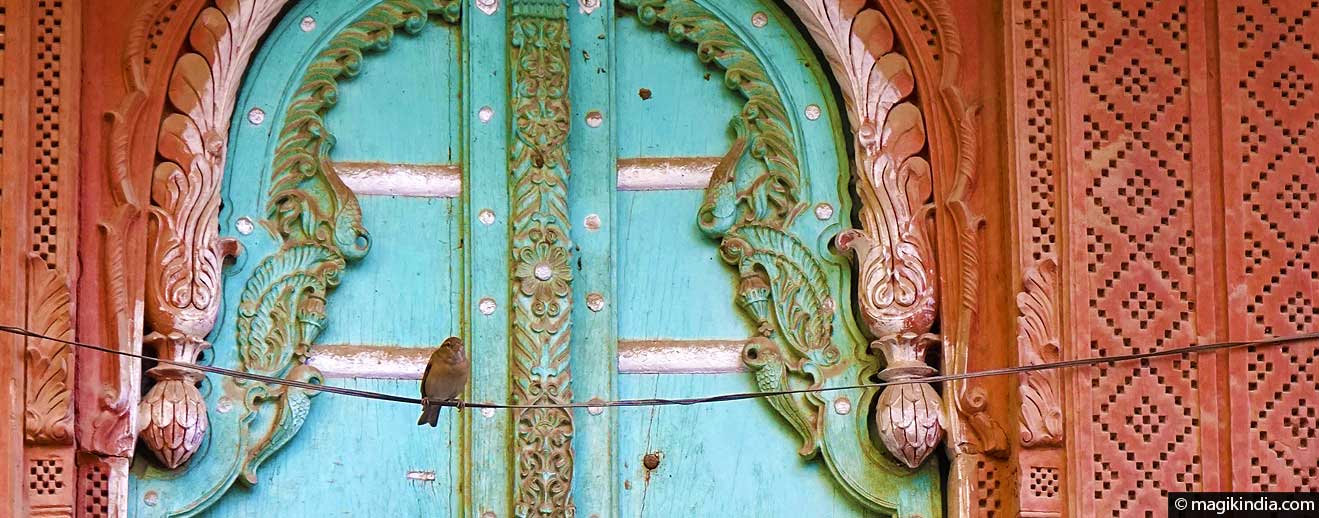
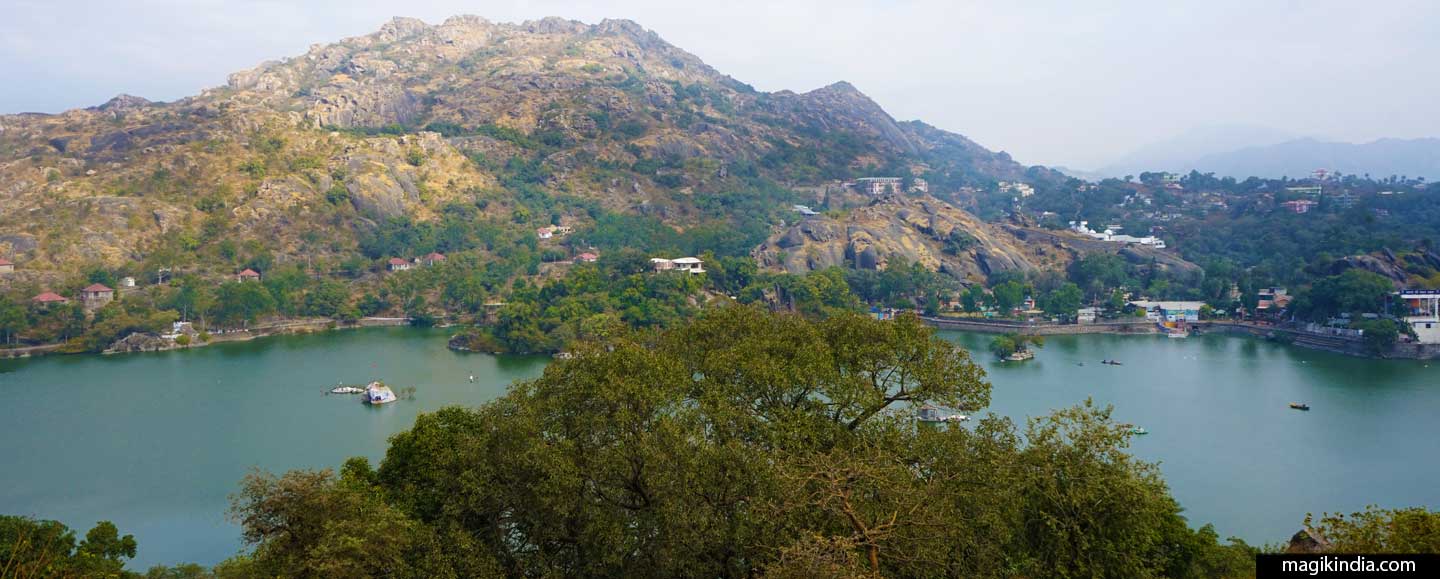
nice post I like your post very much and I am highly recommended you for Mr. firefly this is the best restaurant in Kumbhalgarh.
ok noted! We’ll come and visit you next time we are in Kumbhalgarh! regards, Mathini